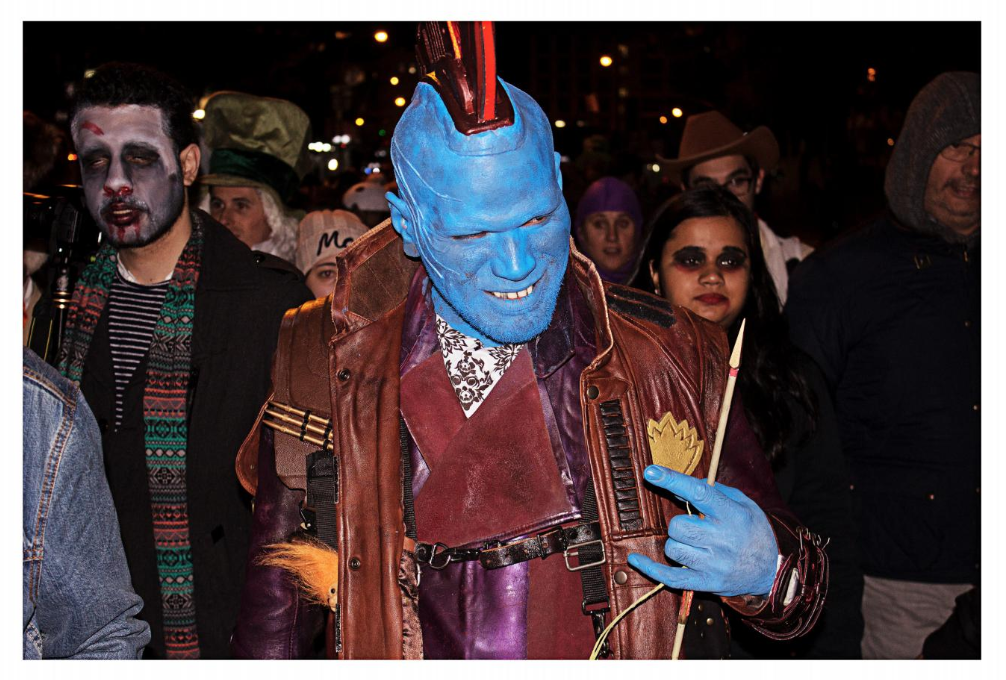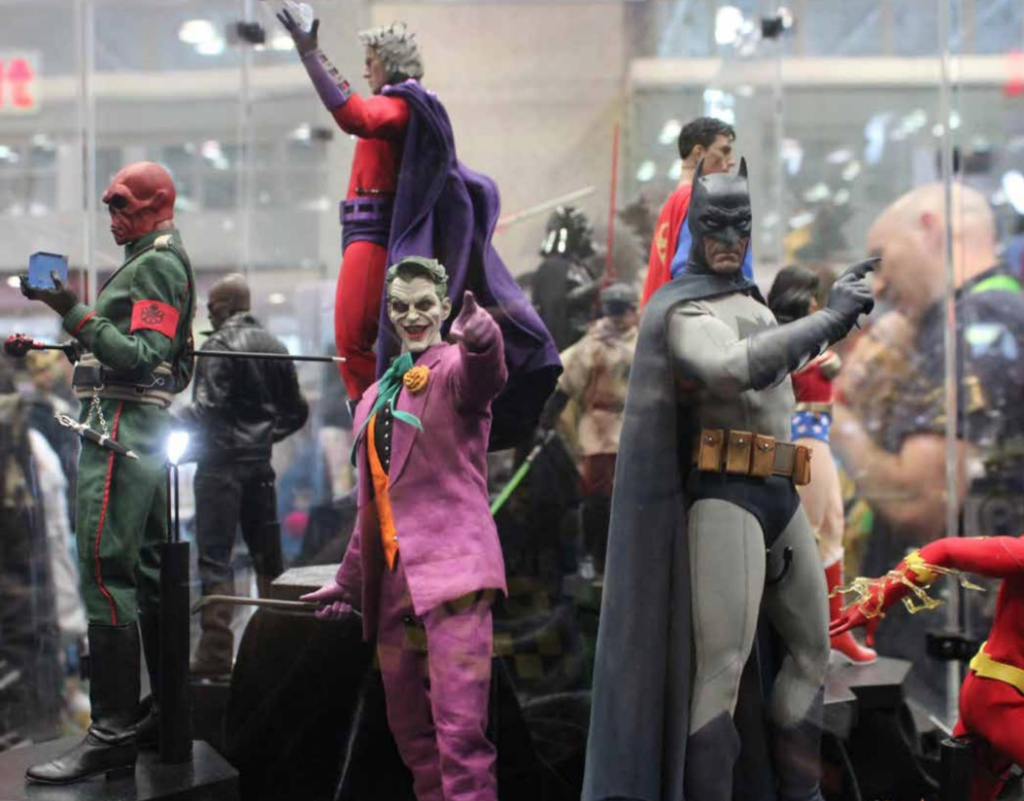At City Tech, I initially taught courses in project and production management. However, as the program evolved, I began teaching required courses such as COMD 1340, Digital Photography I and COMD 1200, Graphic Design Principles II. These courses drew upon my extensive experience as a photographer and designer.
My background includes formal design education and a start in illustrated book publishing. I later ventured into commercial photography and owned a photo studio for 15 years. Additionally, I have a strong presence as an exhibiting artist, with my work featured in solo, duo, and group exhibitions across the US and Europe. This diverse experience spans applied art, design, and commercial photography.
Commercial photography is primarily performance-driven, emphasizing market awareness and technical proficiency. In contrast, fine art photography centers on conveying internal messages through research and introspective exploration. Recognizing the need for students to build a strong foundation in both intellectual and practical knowledge, I developed a syllabus that incorporated a wide range of photographic concepts within historical and contemporary contexts. This approach equipped students to effectively capture a variety of subjects.
A significant focus of the department’s curriculum is portrait photography, with an emphasis on capturing conceptual ideas. During class, I provided practical instruction while showcasing works by established masters and emerging innovators. I encouraged students to apply what they learned in class to their own lives through homework assignments. The results were evident in the enhanced quality of photography showcased at student exhibitions in the Grace Gallery.
I went beyond traditional teaching methods and instructed students on event photography, an area that demands precision under the pressure of “No Reshoots.” This experience taught young photography students the importance of preparation, including pre-event research, equipment readiness, and proactive planning to address environmental challenges. The practical knowledge and skills gained in class were put to the test when I sent students to photograph demanding events, such as Halloween Parades throughout the city, Election Night in 2016, and ComicCon, with impressive results.


Continuing to benefit from our efforts, I frequently take students to Governor’s Island from City Tech–during class time–to capture its buildings, gardens, and marina. Most students have never visited before, and their excitement is palpable.
I constantly challenge my students to photograph compelling and achievable subjects. In Spring 2023, I took them to the Academic Complex building across from the Namm Building without knowing what they’d produce. The results were excellent: elegant photographs of labs and classrooms, images of students engaged in their work, and views of previously undiscovered areas. This exercise allowed students to connect with their peers, gain insight into their academic journeys, and understand the effort others invest in their work, inspiring dedication and sincerity in their own endeavors.
I have taught COMD 1200, Graphic Design Principles II, for many semesters, transforming it into a foundational course for the AAS program. I restructured the content into five projects with scaffolded exercises, introducing hand lettering to foster discipline, discernment, and confidence in students. I also incorporated diverse design history, aiming to engage students with designers who shaped a more inclusive, community-based communication system. The history of design project involved researching and creating slide presentations about significant, often overlooked designers, culminating in tribute posters to their work. The impact of this project was evident in the students’ work, instilling in them a sense of belonging in the design community.
In addition to the layout poster project, I introduced students to alphabets from around the world and their relationships to the Latin script. I taught them how mathematical relationships form spatial structures and how images resonate across cultures based on parallel societal needs.
Looking ahead, I envision the integration of Artificial Intelligence (A.I.) technologies in the course. A.I. can reshape images, typefaces, and document structures according to project, client, and recipient needs. Our students have the opportunity to harness A.I. for creating immersive experiences that resonate with viewers on a deeper level, as A.I. is already being utilized for commercial applications.


